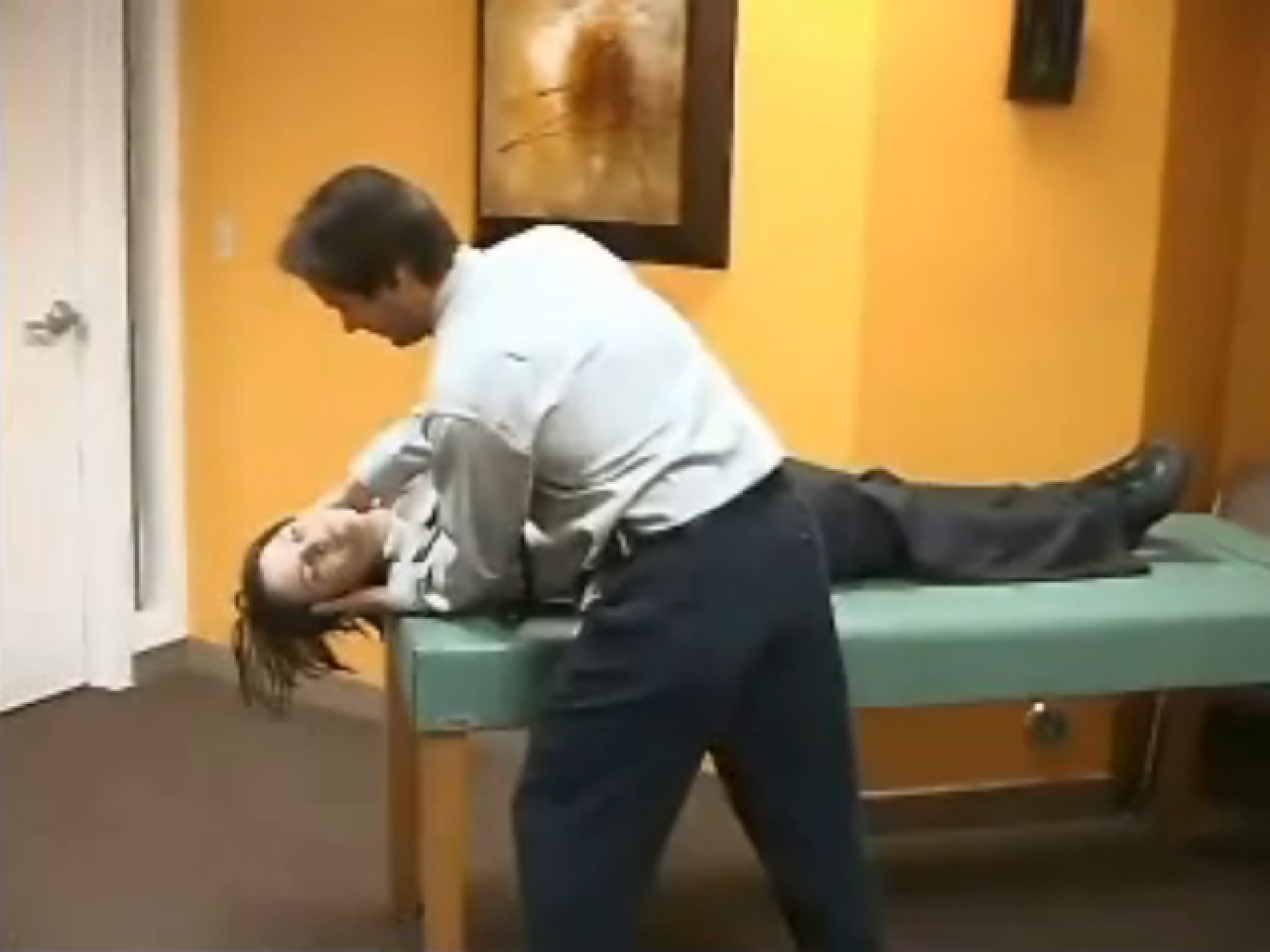Manevr Epli Video
- 7 Comments!

'Famous' Physical Therapists Bob Schrupp and Brad Heineck (Bob and Brad) first demonstrate how to determine which Epley Maneuver needs to be done- right versus left. They then demonstrate and easy step by step method for performing the maneuver for either right sided Benign Paroxysmal Positional Vertigo or left sided BPPV. Make sure to like us on FaceBook Check out the Products Bob and Brad LOVE on their Amazon Channel: Follow us on Twitter Our book “Three Simple Steps To Treat Back Pain” is available on Kindle.
Feb 1, 2016 - Use this video to guide you through the epley maneuver at home! This is a great technique to use for benign paroxysmal positional vertigo. Edward Cho of House Clinic demonstrates the Epley Maneuver for benign paroxysmal positional vertigo.
The Epley maneuver or repositioning maneuver is a maneuver used by medical professionals to treat one common cause of, (BPPV) [ ] of the posterior or anterior canals of the ear. It works by allowing free-floating particles from the affected to be relocated, using gravity, back into the, where they can no longer stimulate the, therefore relieving the patient of bothersome vertigo.
This maneuver was developed by Dr. John Epley and first described in 1980. A version of the maneuver called the 'modified' Epley does not include vibrations of the mastoid process originally indicated by Epley, as they have since been shown not to improve the efficacy of the treatment.
Contents • • • • • • • Effectiveness [ ] The Epley maneuver is a safe and effective treatment for BPPV, though the condition recurrs in around one third of cases. Sequence of positions [ ] The following sequence of positions describes the Epley maneuver: • The patient begins in an upright sitting posture, with the legs fully extended and the head rotated 45 degrees towards the side in the same direction that gives a positive. • The patient is then quickly lowered into a supine position with the head held approximately in a 30-degree neck extension ( position), with the head still rotated to the side. • The clinician observes the patient's eyes for “primary stage”. • The patient remains in this position for approximately 1–2 minutes. • The patient's head is then rotated 90 degrees in the opposite direction so that the opposite ear faces the floor while maintaining 30 degrees of neck extension.
• The patient remains in this position for approximately 1–2 minutes. • Keeping the head and neck in a fixed position relative to the body, the individual rolls onto their shoulder, rotating the head another 90 degrees in the direction that they are facing.
The patient is now looking downwards at a 45-degree angle. • The eyes should be immediately observed by the clinician for “secondary stage” nystagmus (this secondary stage nystagmus should be in the same direction as the primary stage nystagmus). Instrukciya po nastrojke televizora sharp cv2132ck1. The patient remains in this position for approximately 1–2 minutes. • Finally, the patient is slowly brought up to an upright sitting posture, while maintaining the 45-degree rotation of the head. • The patient holds a sitting position for up to 30 seconds.
The entire procedure may be repeated two more times, for a total of three times. During every step of this procedure, the patient may experience some dizziness. Post-treatment phase [ ] Following the treatment, the clinician may provide the patient with a soft collar, often worn for the remainder of the day, as a cue to avoid any head positions that may once again displace the. Pudhupettai movie video songs download. The patient may be instructed to be cautious of bending over, lying backwards moving the head up and down, or tilting the head to either side. Patients should sleep semi-recumbent for the next two nights. This means sleeping with the head halfway between being flat and upright (at a 45-degree angle).

This is most easily done by using a recliner chair or by using pillows arranged on a couch. The soft collar is removed occasionally. When doing so, the patient should be encouraged to perform horizontal movements of the head to maintain normal neck range of motion. It is important to instruct the patient that horizontal movement of the head should be performed to prevent stiff neck muscles. It is still uncertain whether activity restrictions following the treatment improve the effectiveness of the canalith repositioning maneuver. However, study patients who were not provided with any activity restrictions needed one or two additional treatment sessions to attain a successful outcome.